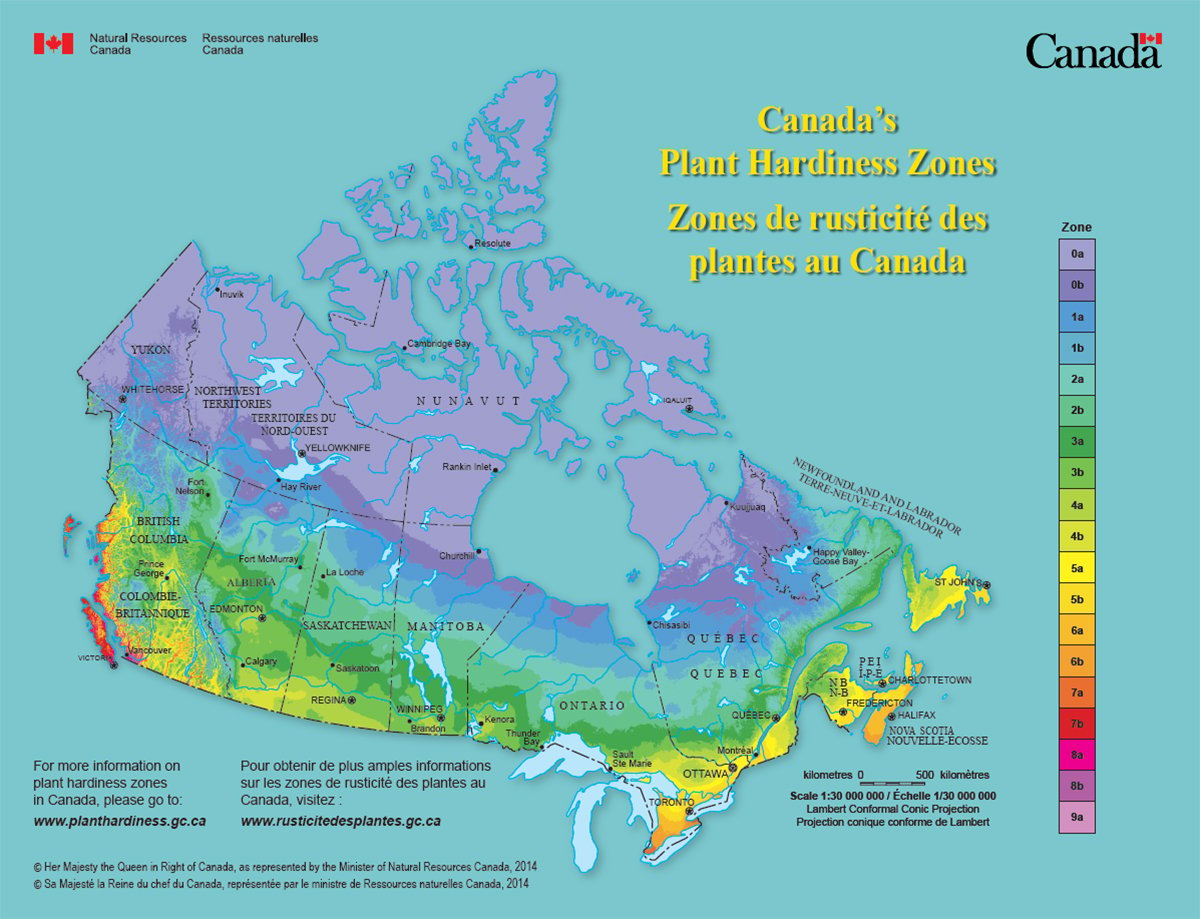Producers looking to satisfy next spring’s nutrient needs might want to consider buying their supplies this fall.
Fertilizer prices have dropped as much as $125 per tonne from last spring’s peaks, according to Kevin Blair of Blair’s Fertilizer in Lanigan, Sask., who monitors fertilizer pricing in western Canada.
Urea is widely available on the Prairies at $475 per tonne, give or take $15, while phosphate remains high, commanding about $575 per tonne, down only $50 from the spring top.
Natural gas, a major ingredient of nitrogen fertilizer, is five to 10 percent cheaper than last year. Prices have gradually fallen since early summer because supplies have increased and hurricanes have not affected production in the Gulf of Mexico.
Read Also

Canada’s plant hardiness zones receive update
The latest update to Canada’s plant hardiness zones and plant hardiness maps was released this summer.
But demand is now driving nitrogen prices because production plants are hard pressed to meet farm demand.
“Price has been decoupled from natural gas for some time, but in the past few years there were occasions when the two appeared related,” said Richard Downey of Agrium.
North American fertilizer plants are working at capacity and competing with imports from China, the Middle East and Indonesia.
New Chinese urea capacity has entered the market in the past three years, but that is partly offset by new Indian demand.
Canadian retail fertilizer sellers have been buying supplies since mid-summer, anticipating short supplies later in the year.
Blair said the American market for liquid nitrogen in July was so strong that the product wasn’t available.
“The American market should not be underestimated. They can command significant supplies and pay premiums to get them,” Blair said.
“There was a time when the farm market here was sheltered from some of the extremes in N prices by the big companies. We didn’t see the wildly high, but we didn’t get the bargains either. Now it’s global.”
Downey said fertilizer is now firmly a global commodity and higher grain prices will likely drive up demand, leading to tight supplies and higher prices in the coming year.
Bill Brown, an agricultural economist at the University of Saskatchewan, said farmers will seek to take advantage of higher grain prices through increased production that will rely on fertilizer use.
Tight grain stocks have produced attractive futures prices even for new crop 2008 and buyers and sellers are already securing production margins. The result will be greater demand for fertilizer earlier in the season.
“Farmers will be looking to maximize production all over the world. They will have more money to work with and will likely increase the amount of fertilizer they buy,” Brown said.
Producers should examine their cash flows and their ability to buy supplies this fall, added Blair.
“Fertilizer won’t save your family farm if you buy it in May, ahead of the seed drill,” he said.
“You need to buy it when you have the money and when it is priced appropriately for your farm. That may mean September or October. It might be January.”
He said indications are that prices next spring will be higher and advised producers to factor storage and delivery issues into their plans. He also said the trend for several years has been toward a significantly lower early fall price.
While natural gas prices are expected to be steady this winter, Downey said rail, ship and trucking costs are high and may increase. Demand and prices for fertilizer, whether phosphate, potash or nitrogen, will continue to remain high as long as world demand for crops remains strong, said Downey.
Don Coxe of BMO Financial Group in Chicago said with the world’s supply of grain and oilseeds struggling to meet demand, farm input costs will remain strong. With additional fertilizer production capacity still years away, $500 per tonne urea may be here to stay.














